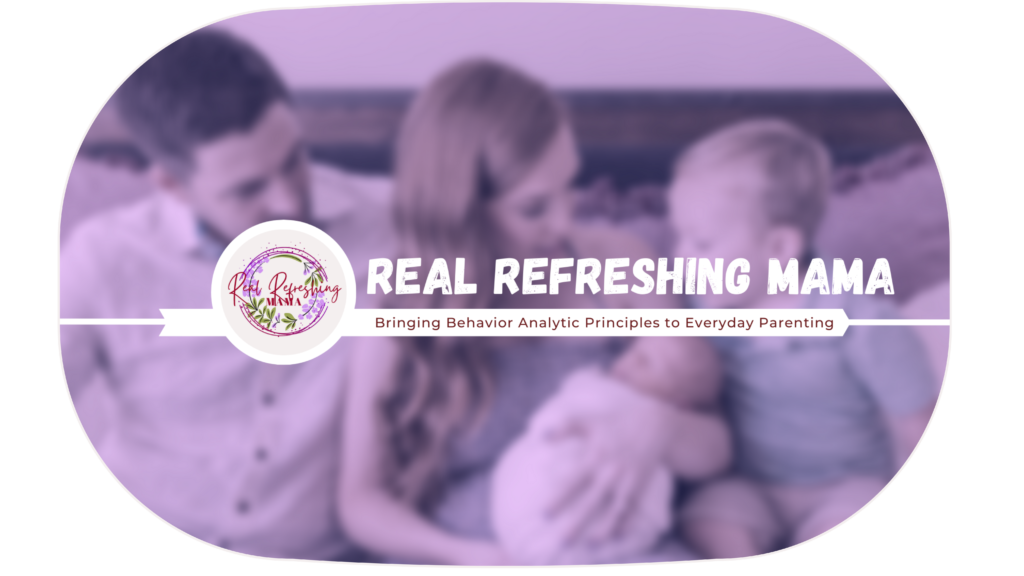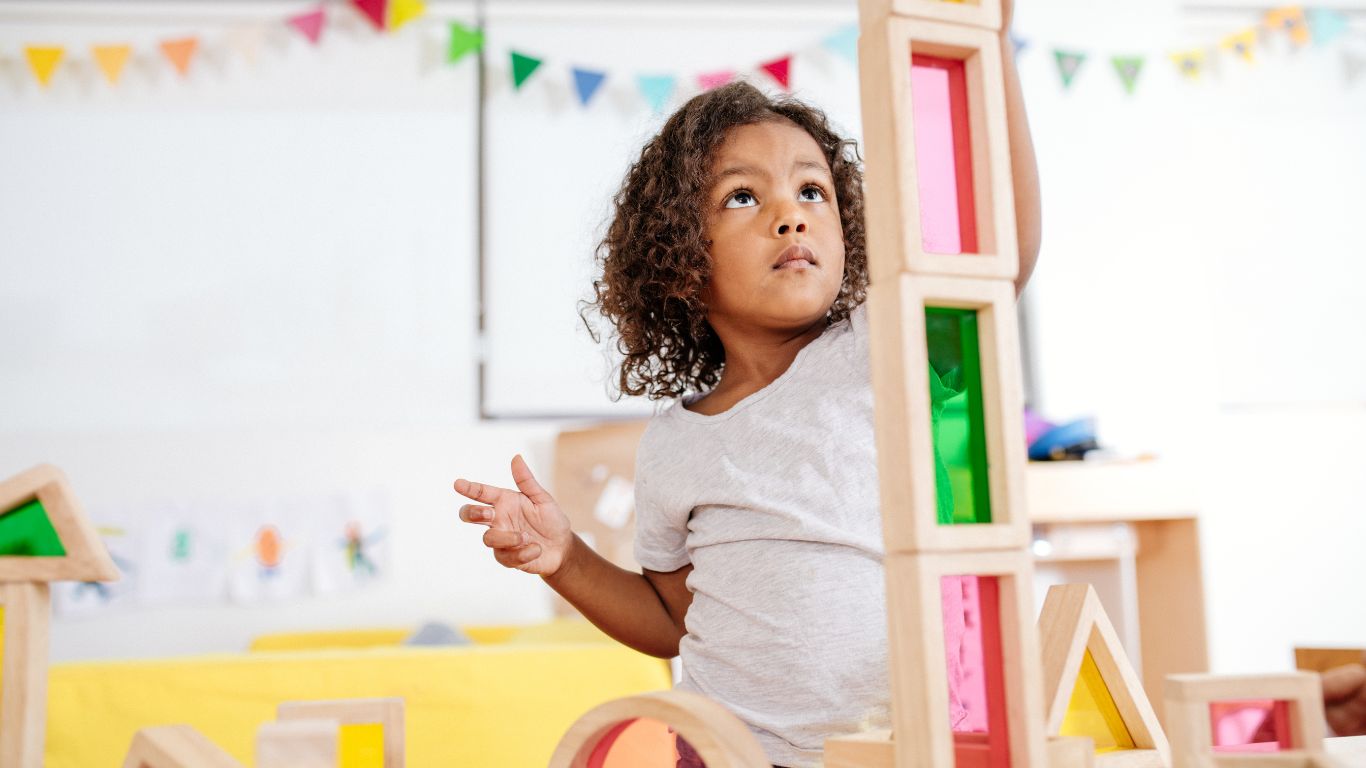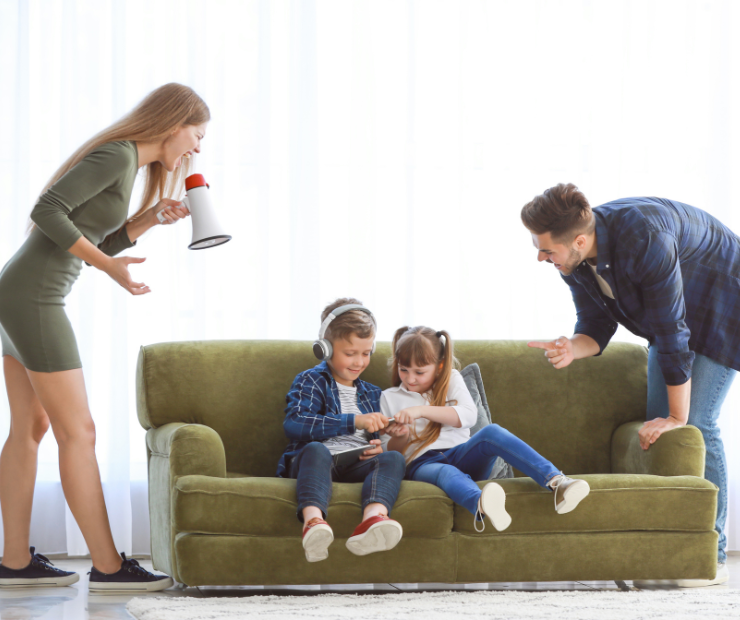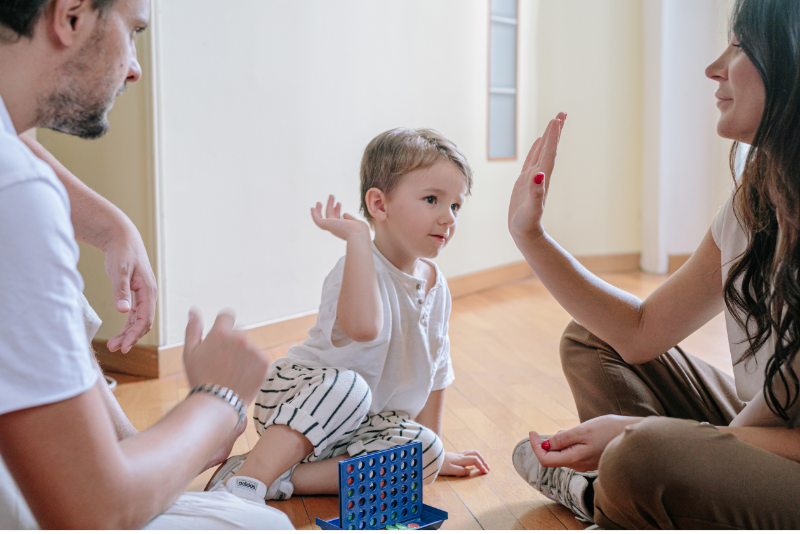Potty training is a significant milestone in a child’s development, and as parents, it’s natural to feel both excited and apprehensive about the process. While it can be challenging at times, with patience, consistency, and a positive attitude, potty training can be a successful and rewarding experience for both you and your child. In this step-by-step guide, we’ll walk you through the potty training journey, providing tips and strategies to make the process as smooth and enjoyable as possible as well as a link to a visual tool that I used with my 2.5 year old. This potty chart also includes steps on how to use it and how to be successful! A a behavior analyst, I have successfully potty trained some of the most difficult kiddos. Each one requires some tweaking depending on what part of the process is difficult for them, but ultimately with the right consistency and reinforcement you will get there.
If you have been struggling with a specific element of the process and would like a consult on how to be successful, please reach out to hello@realrefreshingmama.com and I would be happy to assist you!
Readiness Signs
The first step in successful potty training is determining if your child is ready. Look for signs such as staying dry for more extended periods, showing an interest in using the toilet, or expressing discomfort with wet or soiled diapers. These signs indicate that your child may be ready to begin potty training. It is not a requirement, but I typically recommend that your child is at least able to pull his or her pants down independently as well. It is important to remember that you can not force potty training, so it is important to follow your child’s lead.
Choose the Right Time
Potty training requires time and attention, so it’s essential to pick a period when you can dedicate yourself to the process. Avoid starting during stressful or transitional times, such as moving to a new home or welcoming a new sibling. A relaxed and supportive environment will set the stage for success.
Introduce the Potty
Introduce the concept of the potty to your child by letting them explore and become familiar with it. Allow them to sit on the potty fully clothed and talk positively about its purpose. Let them see you or older siblings using the toilet to reinforce the idea. I also recommend getting several book, (see below for specific book recs) with preferred characters and start reading it every day as well. I also recommend buying a potty seat months before you start, this allows them to get used to seeing it and might even peak their interest. Make it fun and have them sit on it with their clothes on and no pressure! This might also help you decide when they are officially ready to start the process. I personally do not recommend buying the stand alone little miniature potties. This can work great for some kiddos, but from my experience you then have to retrain them to use the big potty, so to me it adds an extra step to the process.
Here are some of my favorite potty seat:
Create a Potty Routine
Establish a consistent potty routine by encouraging your child to sit on the potty at regular intervals throughout the day, such as after waking up, before and after meals, and before bedtime. Consistency is key to helping them recognize their body’s cues and promoting successful potty trips. Typically, about every 30 minutes is a good interval. A lot of times though kids will just let a little bit out at a time, so it might take some adjustment once they learn to hold it longer. This was an issue with my kiddo and it definitely took some adjustment!
Use Positive Reinforcement
As I suggest in the guide, this is the most crucial piece of success. Go out to the dollar store before you begin and stock up on some special candy and toys that are only for when you have potty training successes! Positive reinforcement helps motivate your child and creates a positive association with using the potty.
Read more HERE about the importance of Positive Reinforcement for toddlers and Fostering Intrinsic Motivation.
Dress for Success
Choose clothing that is easy for your child to manage independently. Elastic waistbands or pants with snaps can make the process of undressing for the potty easier for them. Avoid clothing with many buttons or zippers, which can be challenging for small hands. Some kiddos do great just being naked for a few days, it helps them really learn to listen to their bodies. If your kid hates being wet, then they might do better with actually wearing underwear, because they will not like when they have an accident. (These are the easiest kids to potty train in my experience). I also do not typically suggest using pull ups while potty training either for this reason. While it does prevent the mess, it still absorbs the moisture and does not allow your child to feel the same wetness. I have found that most children will take longer to potty train if you use pull ups. Now of course for particular situations, like outings or in the car, it is fine, especially when you first start the process, but at home I would not use them.
One trick to keep in mind when they are holding it longer and you want to start working on it in the car or out – you can put underwear underneath their pull up, so if they do have an accident they will feel it, but it saves the mess!
You can also get character underwear that your child is into and make it a reward to get to wear them. I have also found that saying things like “Don’t get Mickey wet, he doesn’t like to get wet” can motivate them to stay dry as well. Training underwear does have extra layers to it to allow for more absorption for the accidents.
Here are some of my favorite types of underwear:
Be Patient and Stay Calm
Potty training may have its ups and downs, and accidents are a normal part of the process. Remain patient and calm, avoiding any negative reactions to accidents. Instead, reassure your child and remind them that it’s okay, accidents happen, and they will get better with time. The absolute last thing you want to do is to make your child scared or fearful of this process. It can be very difficult to un-do fear of toilets. You might need some wine to get you through, but remember everyone is learning here and typically they are not having an accident on purpose. They are learning to listen to their body and for some this is easier than others.
Use Potty Training Tools
Consider using potty training tools, such as special potty training books, charts, videos, or songs, to make the process engaging and enjoyable for your child. These resources can turn potty time into a fun and exciting activity.

Click here to check out the other patterns like farm animals, dinos and princess charts! Happy to customize for special requests!
Here are some of our favorite potty training books:
For the Dinosaur Lovers:
For the Princesses
Potty Training Toys
Extra Tricks
Some kiddos need some extra encouragement or for our boys they might need some aim help. Here are some fun things you can add to help the process.
Nighttime Potty Training
Nighttime potty training usually takes longer than daytime training. It is normal for this to take years, some kids sleep harder than others and it takes them a long time to learn to wake up when they need to use the bathroom. It is typically not a concern until they are 8 or older. You can try limiting liquids before bedtime, and consider using pull-up training pants until your child consistently wakes up dry in the morning.

You got this!
Potty training is a significant milestone that requires patience, consistency, and encouragement. Remember that each child is unique, and the timeline for potty training may vary. Stay positive, celebrate every success, and be patient during setbacks. By following this step-by-step guide and providing a supportive and loving environment, your child will soon master the art of using the potty and embark on a new chapter of independence and confidence. Happy potty training!
Disclaimer:
Real Refreshing Mama is a participant in the Amazon Services LLC Associates Program, an affiliate advertising program. As an Amazon Associate, I earn from qualifying purchases. Many of the following links are to products on Amazon. Read more about these links in my disclosure policy.


























